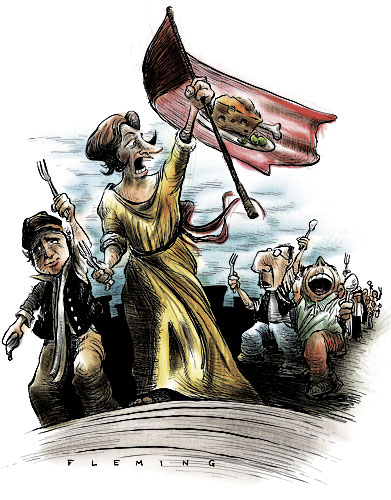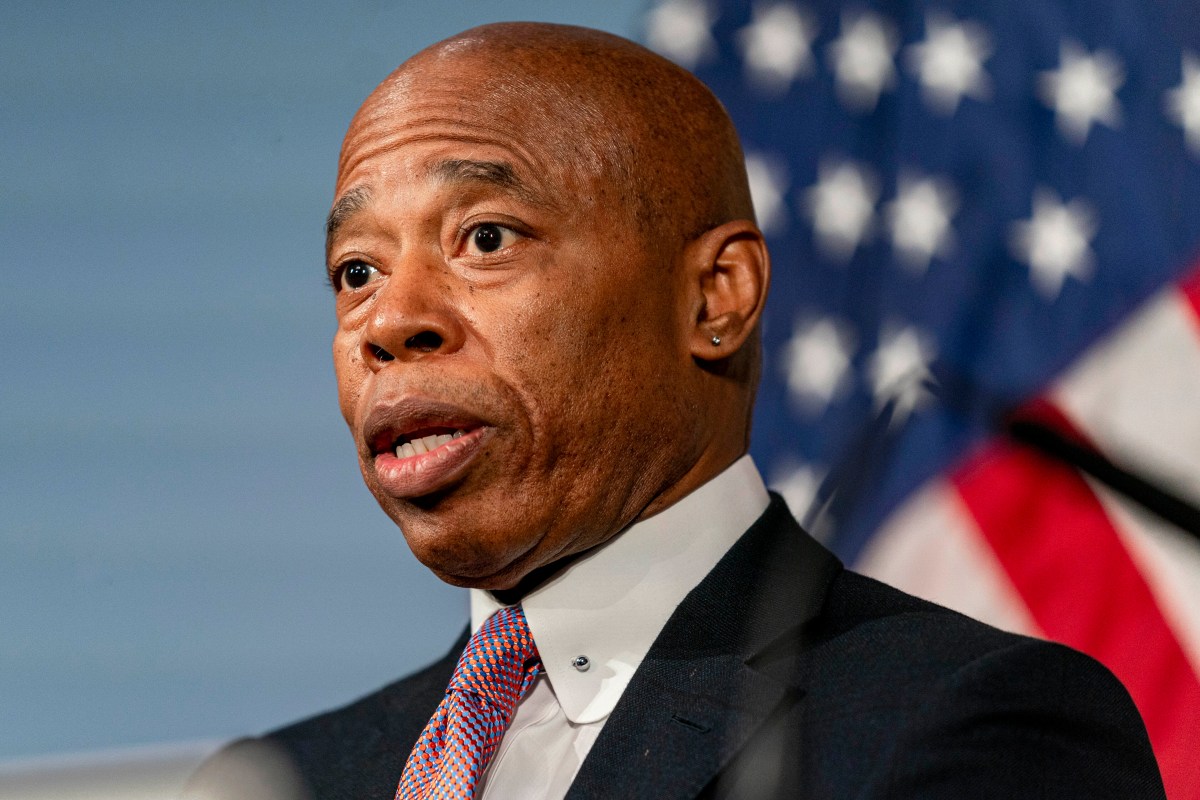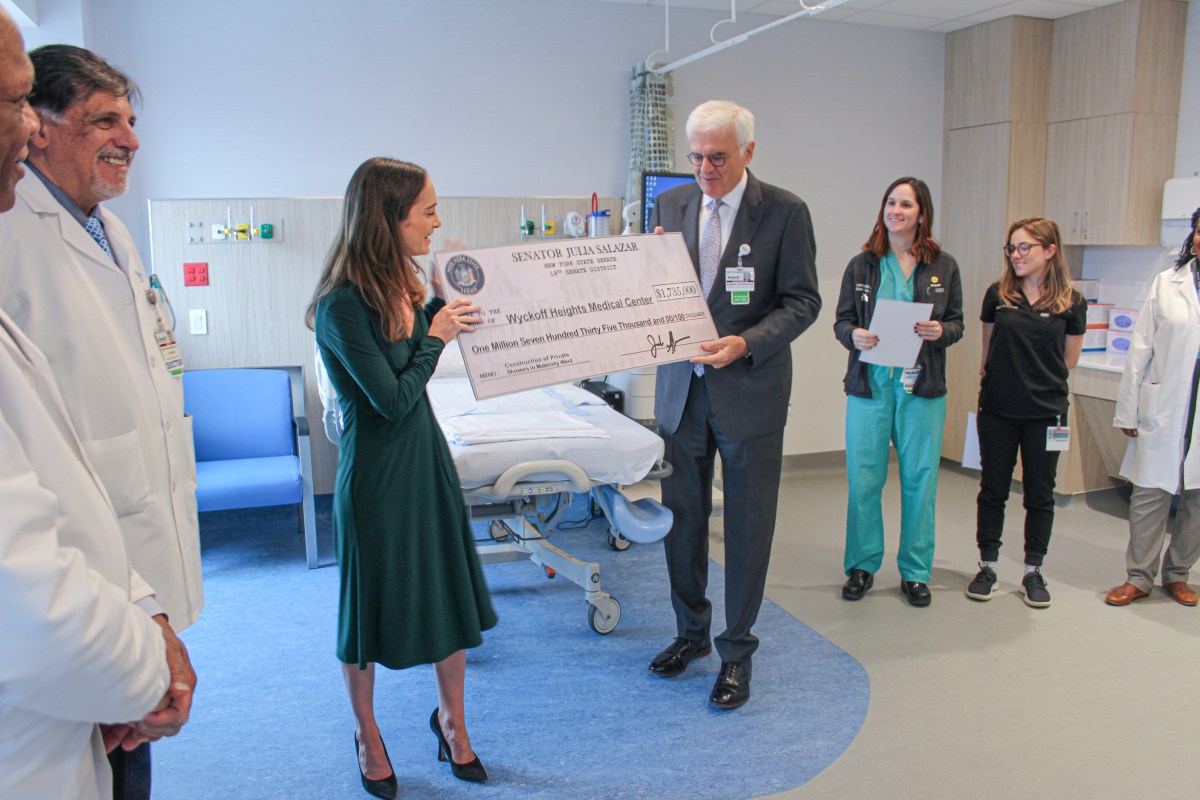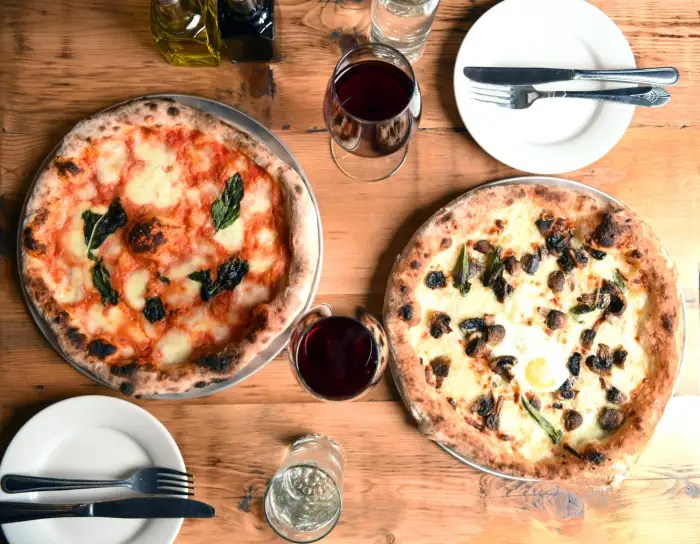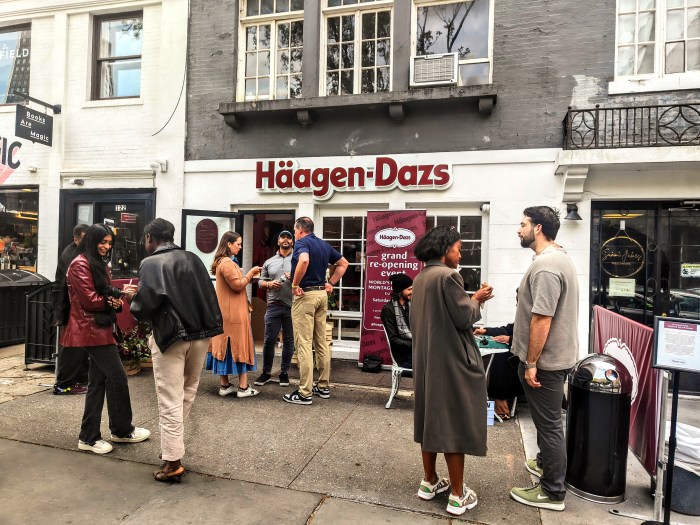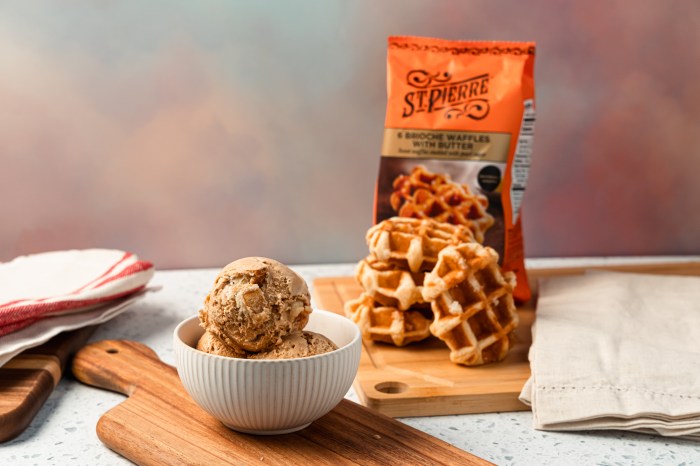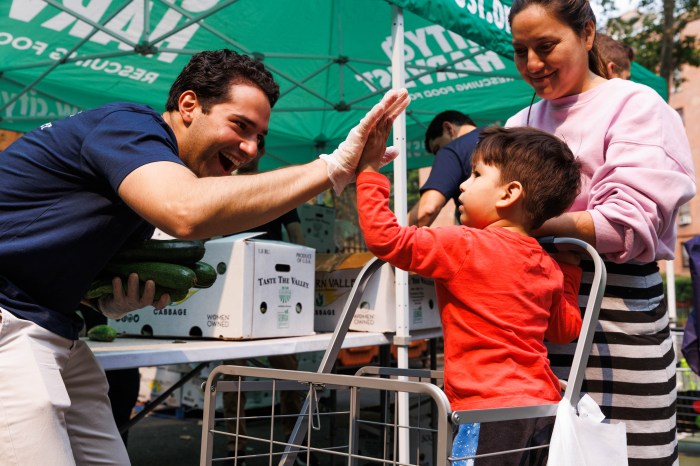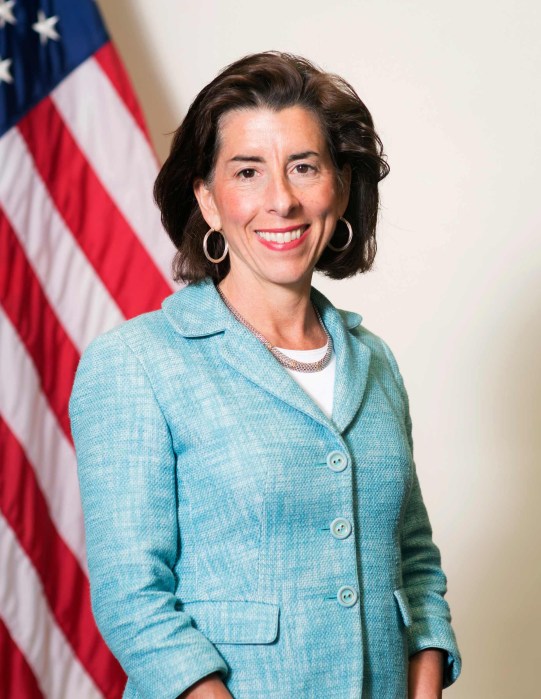If there is anything that gentrified Brooklynites love more than gentrifying the rest of Brooklyn, it’s eating out.
Naturally, then, a dilemma presents itself when your affordable apartment lacks any nearby options for organic, whole-bean coffee or that must-have fresh almond croissant.
One solution: open the coffee shop yourself. Gabriel Lowe opened K-Dog and Dunebuggy on a quiet strip of Prospect Lefferts Garden after she moved to the neighborhood in 2006 and found herself despairing over the lack of places to hang out or get a cup of joe.
“We really needed a place for the community to gather,” said Lowe.
The quirky, homespun cafe quickly became a spot where folks exiled from pricier neighborhoods were soon convocating with their matching MacBooks. Soon, Lowe had managed to convince Jim Mamary, once Brooklyn’s most prolific restaurateur, to come to the strip, too.

After Mamary opened Café Enduro and the short-lived Whiskey Sunday/Fly Fish (now Lincoln Park Tavern), the trend was complete: Lincoln Road was officially “foodified.”
Lincoln Road’s transformation into an oasis from Prospect Lefferts Gardens’ limitless West Indian and Chinese take-out is by no means the only recent example of restaurant-led gentrification. Throughout lower-rent areas of Brooklyn, a lack of “good eats” is driving transplanted residents to open eateries themselves — and along with the multiplying eateries, comes a multiplicity of gentrifiers.
And you know what’s next: GQ food critics are trekking to Bushwick to eat pizza at Roberta’s.
“Food is the new art in the urban cultural experience. You used to have artists moving in and opening galleries, now there are foodies moving in and opening up cafes,” said Sharon Zukin, a professor of sociology at Brooklyn College and the author of “Naked City: The Death and Life of Authentic Urban Culture.”
“Eateries are beginning to mark the borders of certain kinds of cultural divisions,” she added.

It’s happened in Bedford-Stuyvesant, where in 2004 neighborhood pioneer Bread Stuy paved the way for upscale pizzeria Saraghina to open over summer, and for Peaches, owned by the proprietors of the Fort Greene mainstay, the Smoke Joint, to open in 2008.
In Bushwick, the seemingly barren foodscape inspired two neighborhood musicians to open Roberta’s, an avant-garde pizzeria in a drafty warehouse.
In Ditmas Park, a neighborhood movement to attract more business to Cortelyou Road resulted in the development of a veritable restaurant row.
And most recently, Joe Brancaccio was inspired to open Brancaccio’s Food Shop in Kensington, where, to his surprise, the place was packed with folks aching for some truffled mac and cheese.
“I knew this neighborhood was on the verge,” said Brancaccio.

While the burgeoning restaurant scene certainly succeeds in attracting people to neighborhoods, for Gary Jonas, co-owner of The Farm on Adderly in Ditmas Park, that success has come at a price.
“When we moved here, it was the most-diverse neighborhood in country,” he said, “But we definitely see more people coming in from Manhattan and other areas of Brooklyn. When we signed the lease four years ago, we never could have imagined Cortelyou Road would become an actual dining destination.”
Zukin explained that the kinds of “low-key, homey” places that usually develop in neighborhoods like Prospect Lefferts Garden become instrumental in developing a new sense of community, attracting more gentrifiers, and ultimately signaling to developers that the neighborhood is less risky. Lather, rinse, and repeat.
In 2001, Ditmas Park resident Jan Rosenberg founded Friends of Cortelyou Road to help attract shops and restaurants to the area. A residential neighborhood in western Flatbush characterized by dozens of gorgeous Victorian homes and not much else, many residents had become frustrated with having to go to areas like Park Slope to shop and dine. Rosenberg first approached restaurateurs in Fort Greene and begged them to come to Cortelyou Road.
“I felt that restaurants were going to be what drew people,” she said.

The result? In October 2009, Time Out New York named Ditmas Park one of the best neighborhoods in New York City for food, followed shortly by high praise from the New York Times.
Eateries have become so essential to these communities, that when faced with the possibility of loosing them the community has rallied. Last month, Bread Stuy briefly shuttered until the community helped raise the $10,000 needed to reopen.
“I think that a community wants and needs food — residents are more willing to support or save these business than others,” said Jonas, adding that Ditmas Park’s coffee/bookstore Vox Pop was similarly bailed out of a financial abyss by the community.
Of course, some places are simply too far ahead of their time.
In Crown Heights, Café Abigail, an upscale wine bar offering $20 cheese plates and $18 Arctic Char, is probably just too pricey for the locals — indeed, the café recently posted an ad to sell the space.

Flops aside, there are always new opportunities for Brooklyn foodifiers (hint: Kensington really needs a coffee shop).


